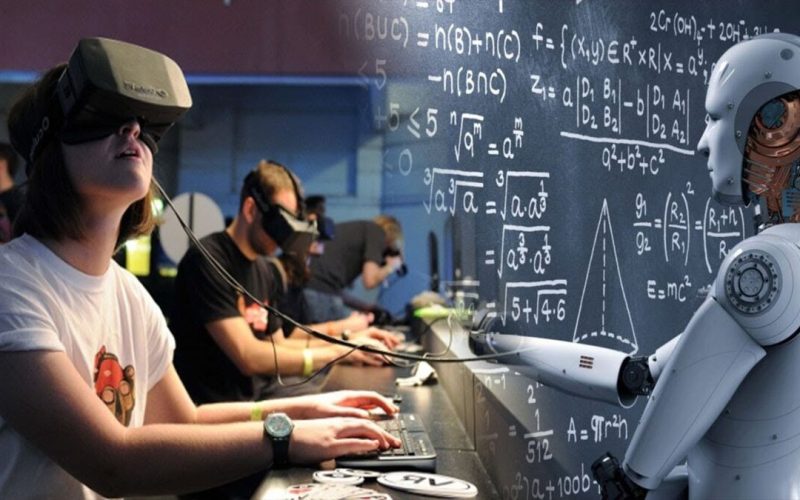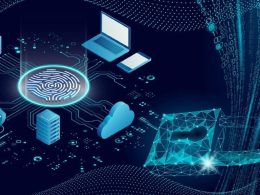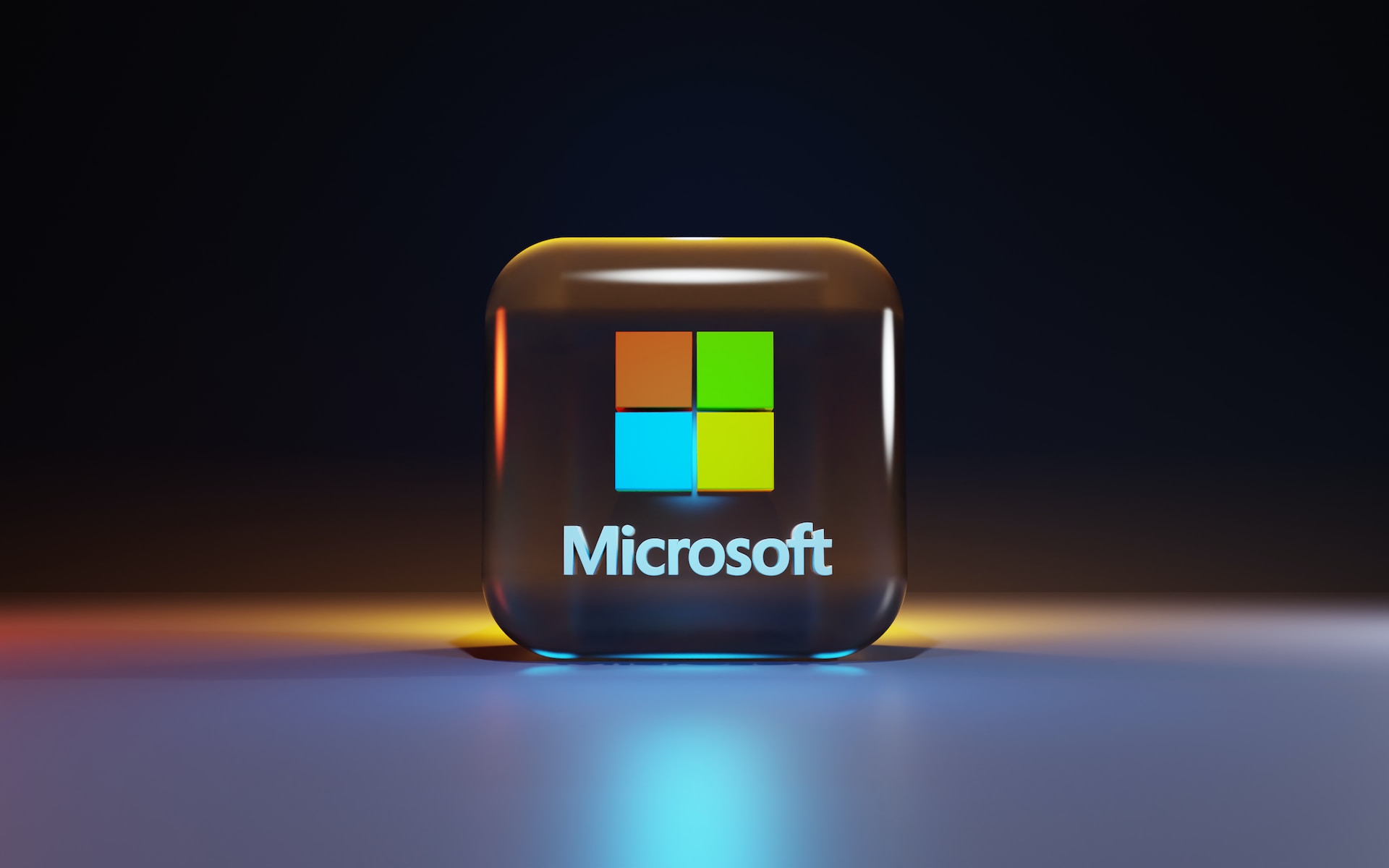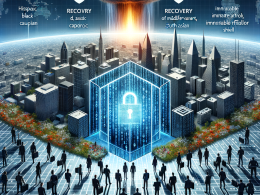Education is changing fast. In 2025, new digital tools and smart software are reshaping the way we learn. AI-powered learning is making education more personalized and effective for everyone. Today, technology can adjust lessons to match each learner’s needs, whether you are a young student, a college attendee, or an adult returning to learning. This trend makes education engaging and accessible for all ages. In this article, we will discuss how AI-powered learning works, its benefits, challenges, and what the future may hold for personalized education.
Introduction
The traditional classroom is evolving. With the help of Artificial Intelligence, education can now be customized to each student’s learning pace and style. AI-powered systems can analyze a student’s strengths and weaknesses. They then tailor lessons to help each student succeed. This change is important because it makes learning more effective and fun.
Personalized education is not just for school children. Adults and lifelong learners also benefit from tailored lessons. AI-powered learning can help people learn new skills, advance in their careers, or pursue personal interests. With digital classrooms and virtual tutors, education is becoming more flexible and accessible than ever.
In this article, we will explain the key ideas behind AI-powered learning in simple words. We will explore how this technology can help learners of all ages. Our goal is to show you how smart software is setting a new standard in education.
What Is This and That
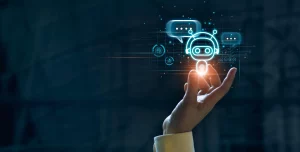
Before we explore the details, let us explain some important terms in simple language.
What Is AI-Powered Learning?
AI-powered learning is when smart software helps with education. This software uses artificial intelligence to understand what a student needs and then adapts lessons accordingly. It is like having a personal tutor who is available anytime. This method makes learning more efficient and enjoyable.
What Is Personalized Education?
Personalized education means that learning is tailored to each person. Instead of a one-size-fits-all approach, lessons are adjusted to match a learner’s pace, interests, and skill level. Personalized education helps students understand topics better and keeps them motivated.
What Is Adaptive Learning?
Adaptive learning refers to systems that change the content based on a student’s progress. These systems use data and feedback to modify the difficulty and style of the material. This makes sure that students are neither bored with easy content nor overwhelmed by challenging topics.
What Is a Virtual Tutor?
A virtual tutor is a digital assistant that helps guide a student through lessons. It can answer questions, provide extra examples, and give feedback on work. Virtual tutors are part of AI-powered learning systems and make education more interactive.
The Evolution of AI in Education
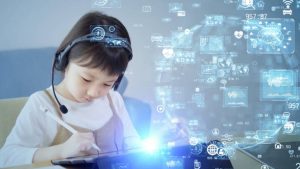
AI in education is not entirely new. Over the years, technology has gradually made its way into classrooms. In the past, computers were used for basic learning games and drills. Today, however, AI has reached a level where it can truly transform education.
Modern AI-powered systems analyze large amounts of data to understand how students learn best. They can adjust lessons in real time, offer additional practice when needed, and even predict areas where a student might struggle. These systems work around the clock and can serve many students at once, making education more accessible and personalized.
For example, an AI program might notice that a student is having trouble with fractions. It can then offer extra practice problems, video tutorials, and interactive games focused on that topic. This immediate feedback helps students improve faster.
Benefits of AI-Powered Learning

There are many benefits to using AI-powered learning in education. Here are some key advantages:
Personalization and Engagement
One of the best benefits of AI-powered learning is personalization. When lessons match a student’s unique needs, learning becomes more effective. Personalized content can make even difficult topics easier to understand. Students feel more engaged when the material speaks directly to them.
Efficiency and Time-Saving
AI-powered systems can save time for both students and teachers. These systems quickly identify areas that need more work, allowing students to focus on what they need most. Teachers can also use AI to monitor progress and plan lessons. This efficiency helps everyone make the most of their time.
Accessible Learning for All Ages
AI-powered learning is not just for children in school. Adults can use it to learn new skills, and seniors can use it to keep their minds active. Virtual tutors and digital classrooms make education available anytime and anywhere. This flexibility is key in a world where people are busy with work and other commitments.
Data-Driven Insights
With AI, teachers and educators can gather data about how students learn. This data shows which methods work best and where improvements are needed. It helps create a more effective learning environment. Data-driven insights lead to better teaching methods and improved student performance.
Cost-Effective Solutions
AI-powered learning can also be cost-effective. Digital tools can reach many students at a lower cost than traditional methods. They reduce the need for physical materials and can even lower the cost of tutoring. This makes quality education more affordable.
Challenges and Considerations

While AI-powered learning has many benefits, there are also challenges that need to be addressed.
Privacy and Data Security
One of the main concerns is privacy. AI systems collect a lot of data about students. It is important to protect this data and use it responsibly. Schools and companies must ensure that privacy laws are followed and that data is kept secure.
Balancing Technology and Human Touch

Although AI can personalize education, it is not a complete replacement for human teachers. The warmth, empathy, and creativity of a teacher cannot be fully replicated by a machine. A balance must be found between using AI and maintaining human interaction in the classroom.
Digital Divide
Access to AI-powered learning depends on technology. Not every student has the same access to digital devices or the internet. This gap, known as the digital divide, can lead to unequal opportunities. Efforts must be made to ensure that all students have access to these advanced learning tools.
Over-Reliance on Technology
There is also a risk of becoming too dependent on technology. While AI can support learning, it is important for students to develop critical thinking and social skills through real-world interactions. Education should balance digital learning with traditional methods.
Future Trends in AI-Powered Learning
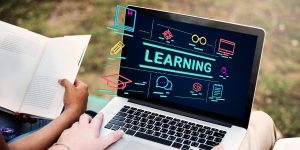
The future of education looks bright with AI-powered learning. New trends are emerging that will shape the way we learn in the coming years.
Enhanced Virtual Classrooms
Virtual classrooms are becoming more interactive and immersive. AI-powered virtual tutors can simulate real classroom experiences. They can lead discussions, answer questions, and create a dynamic learning environment. As technology improves, these virtual classrooms will become even more engaging.
Integration with Augmented Reality
Augmented Reality (AR) is another exciting trend. AR can overlay digital information onto the real world. This technology can bring lessons to life by allowing students to interact with 3D models or historical reenactments. The combination of AR and AI creates a powerful tool for personalized learning.
Continuous Learning and Adaptation
The best AI-powered systems are those that learn continuously. As more data is collected, these systems will improve. They will become better at predicting what each student needs and adapting lessons in real time. This continuous improvement will lead to more effective and tailored education for everyone.
Collaborative Learning Platforms
Future learning platforms will encourage collaboration between students. AI can help match learners with similar interests or complementary skills. This collaborative approach can foster teamwork and creative problem-solving. It also helps build a community of learners who support each other.
Practical Tips for Adopting AI-Powered Learning

For educators, parents, and students interested in AI-powered learning, here are some simple tips:
Start small by integrating one AI tool into your learning routine. Whether it is an adaptive learning app or a virtual tutor, begin with one tool to see how it works for you.
Stay informed about new developments. Technology is always changing, so follow updates from trusted sources in education technology.
Balance digital learning with traditional methods. Use AI to support your studies, but also make time for group work and personal interaction.
Ensure that privacy and data security are a priority. Look for platforms that have strong safeguards for your information.
For educators, use data-driven insights from AI tools to adjust your teaching methods. This helps create a better learning environment for your students.
A Relevant Table: Comparison of Traditional Learning vs. AI-Powered Learning
| Aspect | Traditional Learning | AI-Powered Learning |
|---|---|---|
| Personalization | One-size-fits-all teaching methods | Tailored lessons based on individual performance |
| Feedback | Periodic assessments and teacher feedback | Real-time feedback through adaptive algorithms |
| Engagement | Limited interactivity, fixed curriculum | Interactive digital tools and virtual tutors |
| Accessibility | Depends on physical classrooms and resources | Accessible anytime and anywhere with digital devices |
| Cost Efficiency | Higher costs for physical materials and in-person tutoring | Lower costs through digital resources and scalable online platforms |
| Adaptability | Changes occur slowly through curriculum updates | Rapid adjustments based on real-time data and continuous learning |
The Future of Personalized Education

The future of education is leaning towards personalization through technology. AI-powered learning is set to change how students of all ages learn. With tools that adapt to each learner’s pace, education becomes more engaging and effective.
The use of AI in education will help create a more inclusive system. Students who struggle in traditional settings will receive tailored support that can help them succeed. This approach promises to bridge gaps and provide equal opportunities for everyone.
Advancements in AI and related technologies will lead to continuous improvements. As these tools become more refined, they will further enhance the learning experience. The balance between digital tools and human interaction will remain important, ensuring that education is both effective and compassionate.
Final Touches: Bringing It All Together
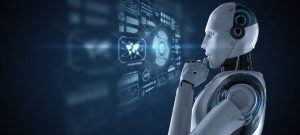
AI-powered learning is revolutionizing education by making it more personalized, accessible, and engaging. This article has shown how technology can tailor lessons to each student’s needs. With real-time feedback, adaptive learning, and digital classrooms, education is becoming a more inclusive and effective experience. The future promises even more advanced virtual classrooms, augmented reality tools, and collaborative platforms. By embracing these trends, educators and learners can enjoy a more dynamic and tailored education.
Conclusion
In summary, AI-powered learning is transforming personalized education for all ages. This article discussed how digital tools like adaptive learning systems, virtual tutors, and interactive platforms are making education more effective. The benefits include personalized lessons, real-time feedback, and increased accessibility. While challenges such as privacy and balance remain, the future of education is bright. Embrace these innovations to create a richer, more inclusive learning experience.






